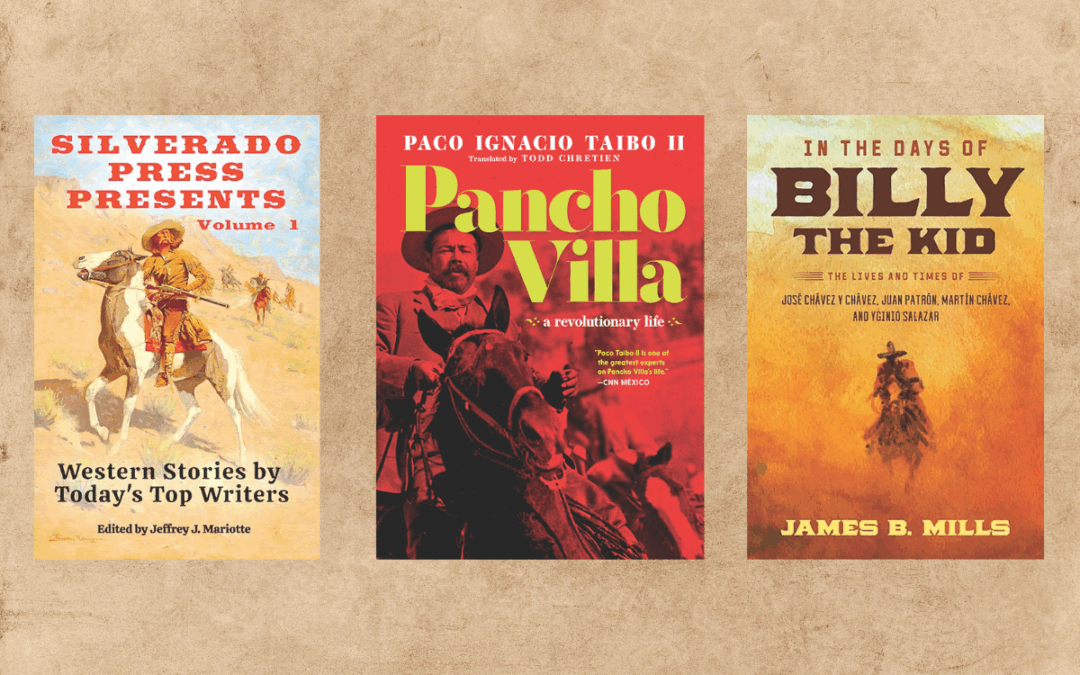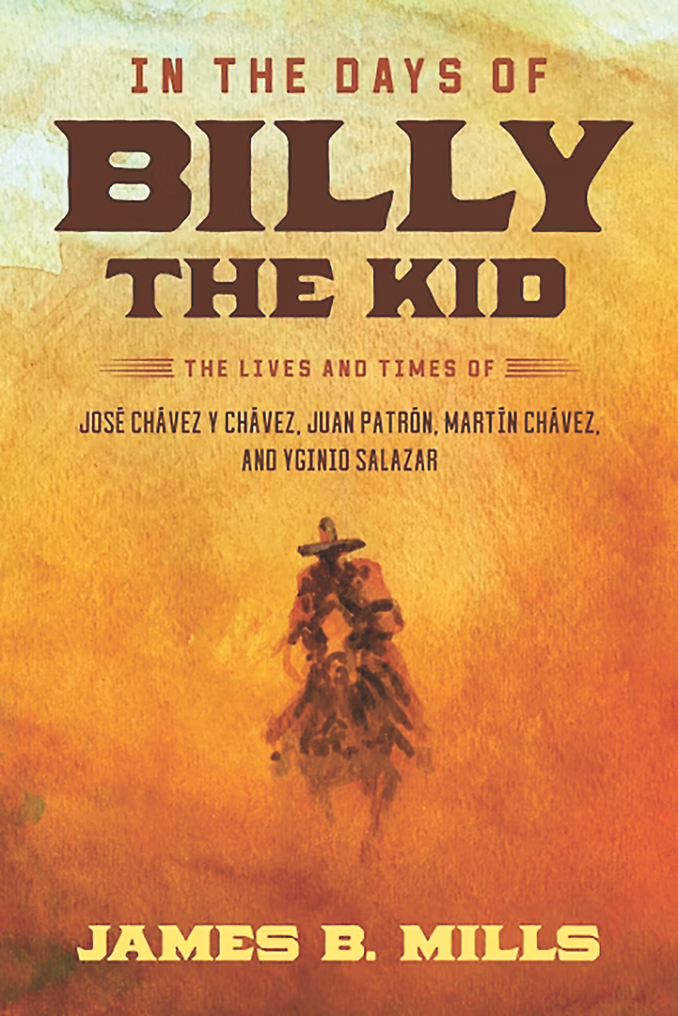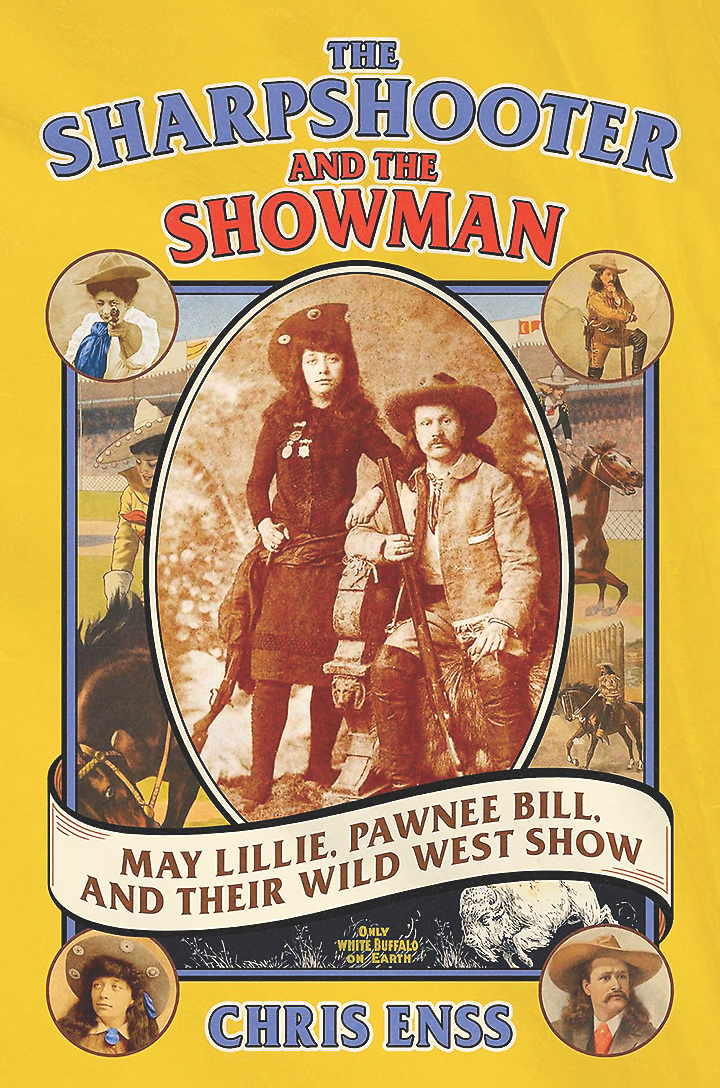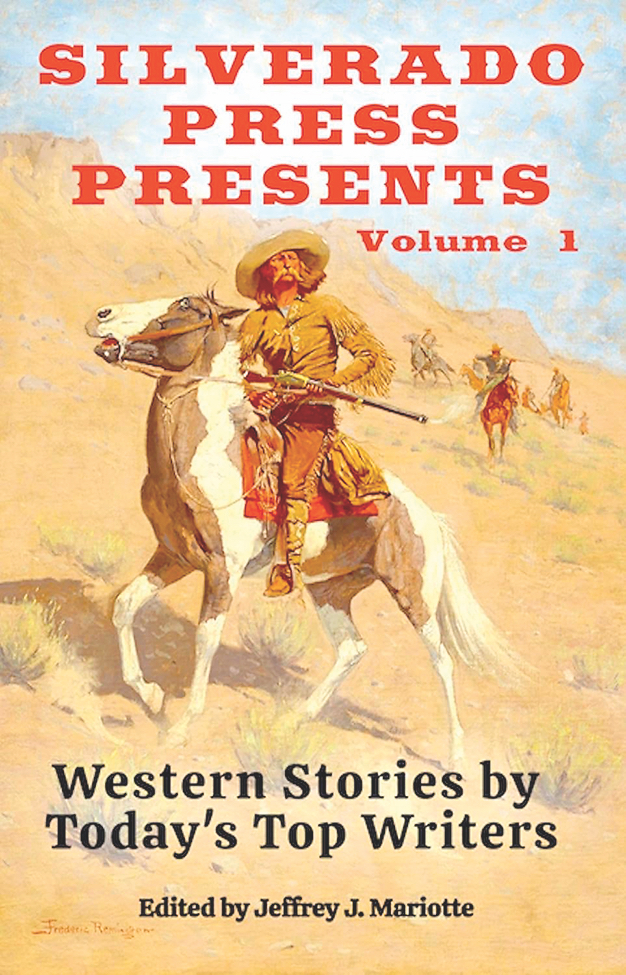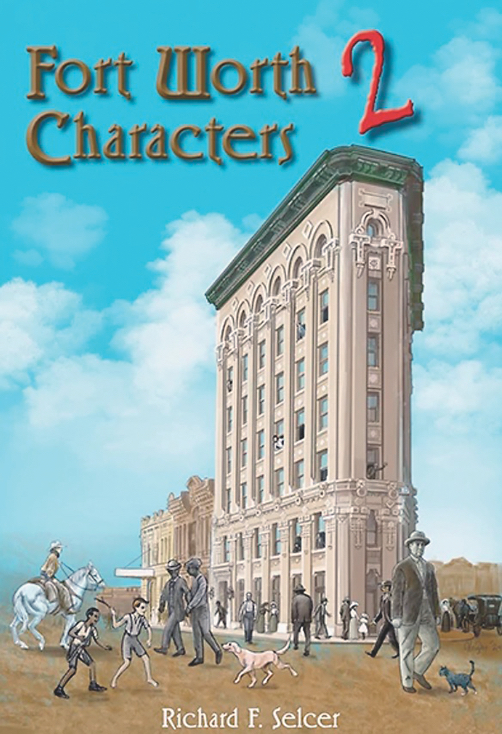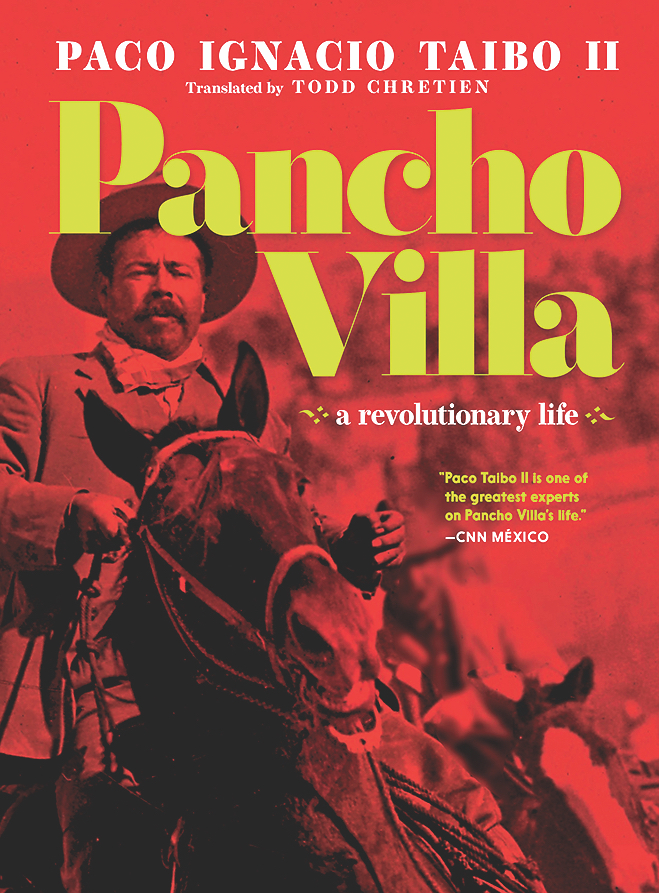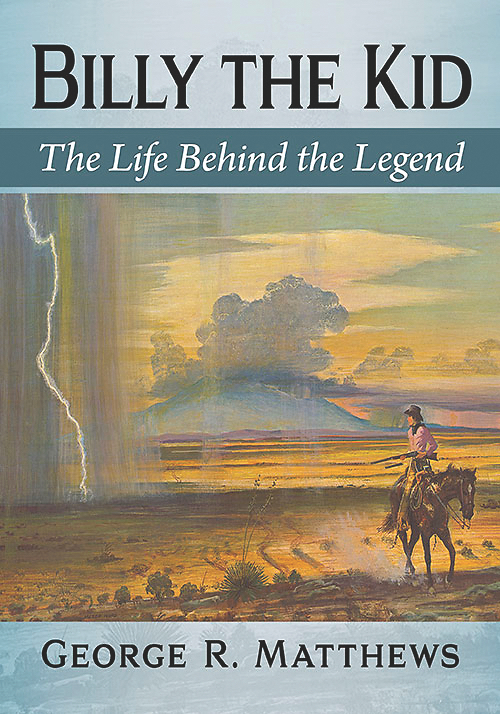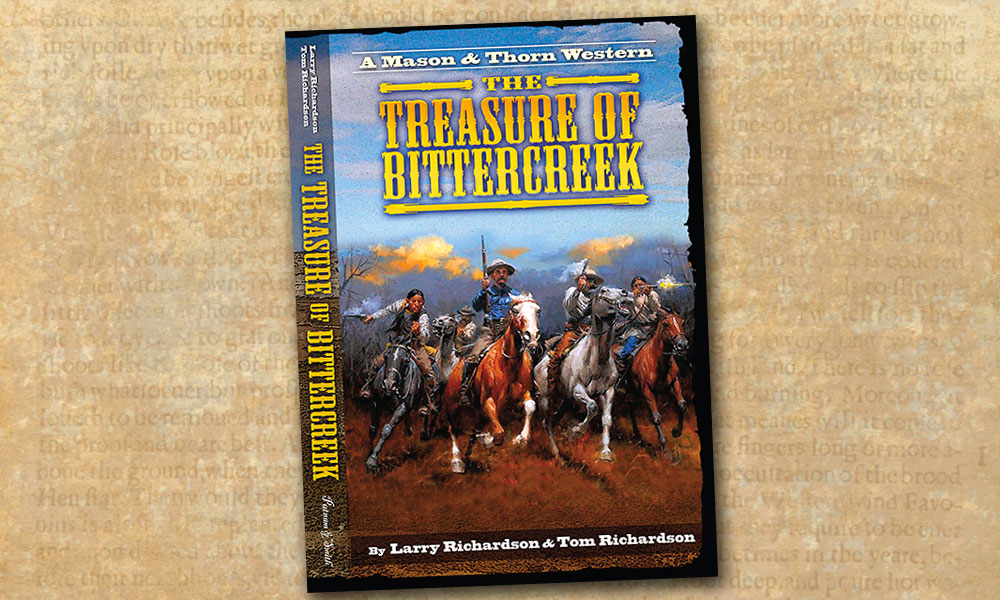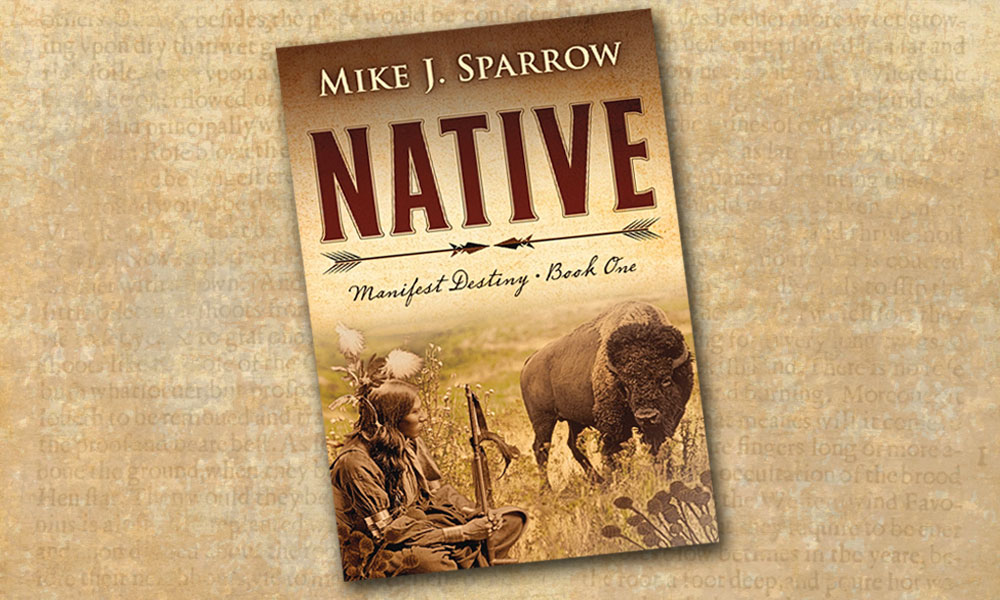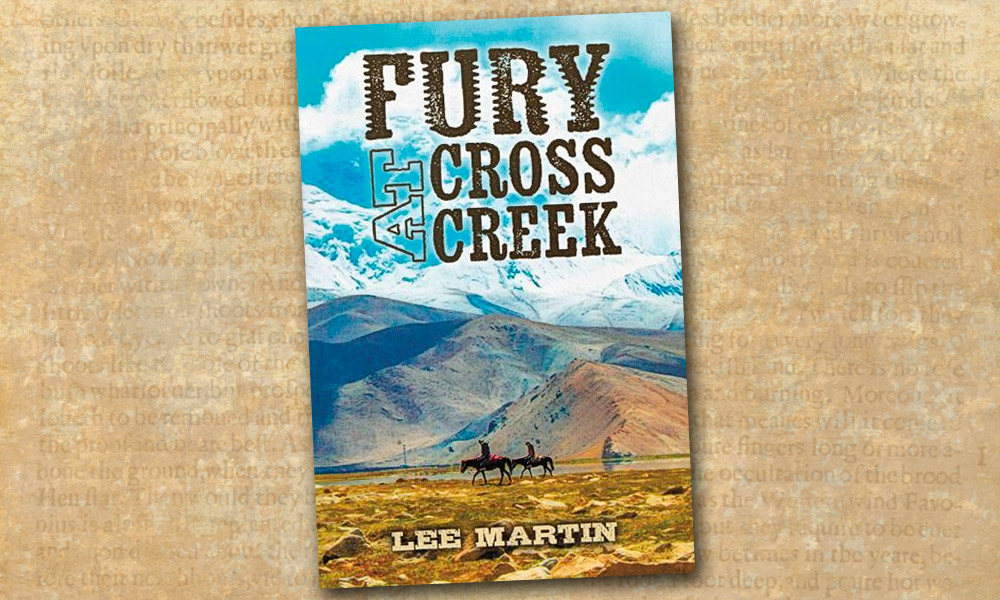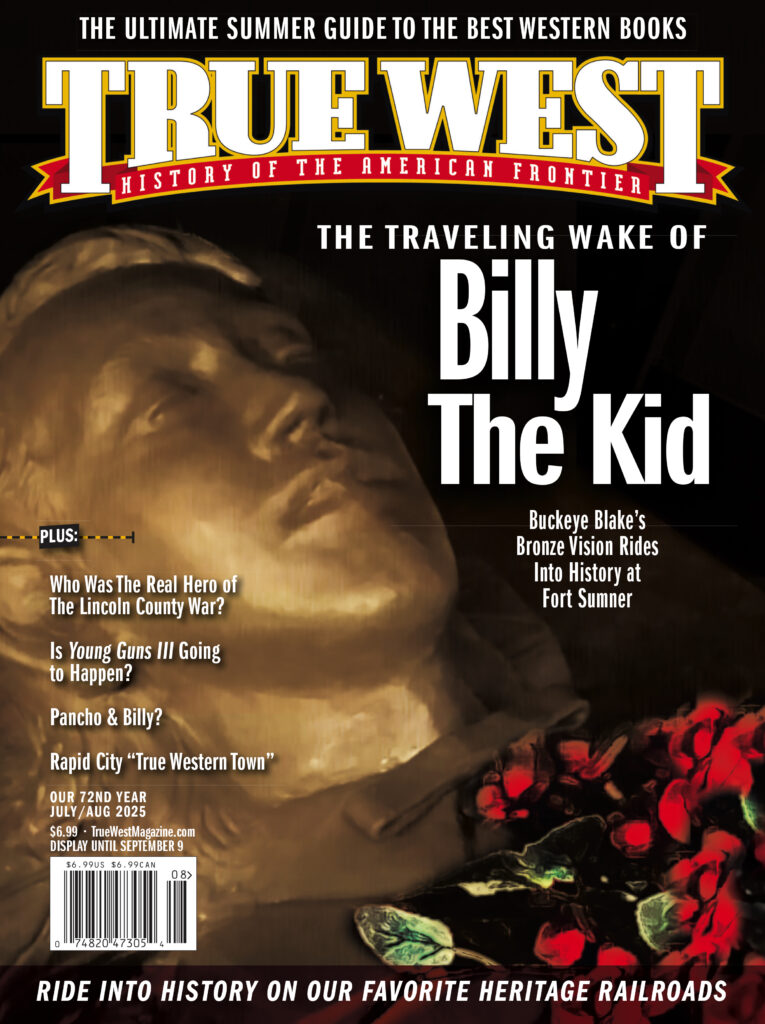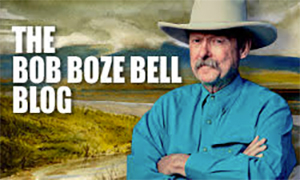New biographies by James B. Mills and Chris Enss, plus a rollicking volume of Western short stories,
a history of Fort Worth, and insightful bios of Pancho Villa and Billy the Kid
Few authors of Western history live farther from the location of their subjects or are as passionate for their topic as Australian author James B. Mills. Along with his fellow countryman Peter Brand, Mills is producing some of the most original research in the Old West genre. Like his long-distance predecessor Englishman Frederick Nolan, Mills works from many miles away. But, unlike Nolan, Mills has the advantage of being able to ply his craft in the digital age and do his research from his home in the Southern Hemisphere. And ply it Mills does with determined pursuit of the truth and undiscovered and unmined information on his subject matter.
Mills’ second major work on William Bonney, the Lincoln County Cattle War and the Hispano culture of Territorial New Mexico particularly in Lincoln County, is a grand new addition to the historiography. In the Days of Billy the Kid: The Lives and Times of José Chávez y Chávez, Juan Patrón, Martín Chávez, and Yginio Salazar (University of North Texas Press, $40) is ambitious and literary, entertaining and groundbreaking. Continuing from where he started in Billy the Kid: El Bandido Simpático (2022), the Australian historian has effectively proven through his scholarship the importance of the Hispanic culture in the life of William Bonney and the Lincoln County War. I particularly like what Mills has to say in his “Introduccion”: “This is a study that extends well beyond the Lincoln County War and into the early twentieth century as we follow the lives and times of a lawman turned outlaw, an intellectual prodigy, a conservative journeyman, and a resilient vaquero. It is also a history of racial conflict, ambition, political rivalry, bravery, greed, vengeance, theft, friendship, romance, good fortune, tragedy, and rebellion in the days of Billy the Kid, the Santa Fe Ring, the White Caps, and the Society of Bandits of New Mexico.” After reading In the Days of Billy the Kid, you will be counting the days for the next James B. Mills history of the American West.
Hero and Heroine of the Wild West
For more than two decades, Chris Enss has outpaced her peers in publishing about the women of the American West. Her follow-up to her dual-biography Tilghman: The Legendary Lawman and the Woman Who Inspired Him (Far Country Press, $18.95) published last fall returns to the late 19th century, an era in the West marked by great cultural change. Her latest dual-biography of a famed Western American woman and her husband is The Sharpshooter and the Showman: May Lillie, Pawnee Bill, and Their Wild West Show (Far Country Press, $18.95).
Enss, who could also be considered one of America’s foremost experts on the history of Old West popular culture, brings to life the exciting era of Wild West circuses and Buffalo Bill Cody and Annie Oakley’s top competitors, Pawnee Bill and May Lillie. Unlike Cody and Oakley, Gordon and May Lillie were married, and their marriage endured the trials and tribulations of a traveling Wild West show and the tragic loss of their young son. Enss’ entertaining style takes readers into the arena and we only wish we could have experienced the thrill of The Pawnee Bill Wild West Show in person. Researchers will appreciate Enss’s chapter endnotes and inclusive bibliography.
Next up for fans of Enss is her dual-biography of a couple whose notoriety was opposite of the Lillies’: Meet the Kellys: The True Story of Machine Gun Kelly and His Moll Kathryn Thorne (Citadel). The story, like all of Enss’s, will break new ground while entertaining the reader from cover to cover
—Stuart Rosebrook
The Sun Never Sets on
the Wild West
A Western writer who has consistently entertained readers for many years with his skill with the written word is Jeffrey J. Mariotte. Most recently, the Arizona author has turned his hand to editing as well and has produced a wonderful collection: Silverado Press Presents: Western Stories by Today’s Top Writers, Volume 1 (Silverado Press, $15.99). Fans of Mariotte’s prose will be happy to know he has included one of his original stories, “Roy Earll’s Debt,” in the collection of 16 short stories. In Mariotte’s “Introduction,” he shoots straight on the goals of bringing this fine remuda of writers together: “You will find traditional Western stories written by a diverse and enthusiastic group of talented scribes.” So what are you waiting for? Saddle up and ride with Mariotte’s brand and follow the trail to Old West glory, grit and gunfights.
—Stuart Rosebrook, executive director of Sharlot Hall Museum
Cowtown Denizens
North Texas historian Richard F. Selcer follows his popular Fort Worth Characters (2009) with Fort Worth Characters 2 (University of North Texas Press, $34.95) with interesting character sketches from the famous cowtown. Written with equal parts energy and authority, Selcer takes readers on a deep dive into Fort Worth’s underbelly and includes individuals who made their respectable mark on history. Known best for his seminal work Hell’s Half Acre: The Life and Legend of a Red-Light District (Texas Christian University Press, 1991), Selcer also explores familiar characters, including lawyer Will McLaury, brother of those McLaury boys killed at the OK Corral street fight in 1881. Fort Worth Characters 2 is a fascinating book about a forgotten time and a city hardly reminiscent of its former rowdy self.
—Erik J. Wright,
assistant editor of
The Tombstone Epitaph
Villa the Hero
Paco Ignacio Taibo II’s stunning biography of Pancho Villa, a mysterious and lauded figure in Mexican history, is the best book on the man since Katz’s monumental work a quarter of a century ago. Pancho Villa: A Revolutionary Life, translated by Todd Chretie (Seven Stories Press, $49.95) is a deeply researched and skillfully written account that repositions Villa as a central, morally driven force in the Mexican Revolution. In this reimagining, Villa emerges not just as a battlefield tactician, but as the unwavering conscience of the movement—fiercely committed to revolutionary ideals and social justice. Enhanced by striking period photographs, the book captures the turbulent energy of a nation in transition—making it a must-read for anyone interested in revolution, resistance and the real man behind the myth.
—Erik J. Wright,
assistant editor of
The Tombstone Epitaph
The Kid
George R. Matthews’ Billy the Kid: The Life Behind the Legend (McFarland, $49.250 is a compelling new biography of Henry McCarty. Matthews offers a richly detailed and thoroughly researched account that sheds new light on the legendary outlaw’s life. Moving beyond the well-worn tales of the Lincoln County War and his early days in Silver City, New Mexico, the book explores previously overlooked facets of his story, including his Irish mother’s immigration journey to Indiana, his education in Indianapolis and the McCarty family’s relocations to Wichita and Santa Fe. What sets this work apart is its depth and originality. Drawing on a wealth of newly accessible archival material, the author presents the most complete and humanizing portrait of Billy the Kid to date.
—Erik J. Wright, assistant editor of The Tombstone Epitaph

